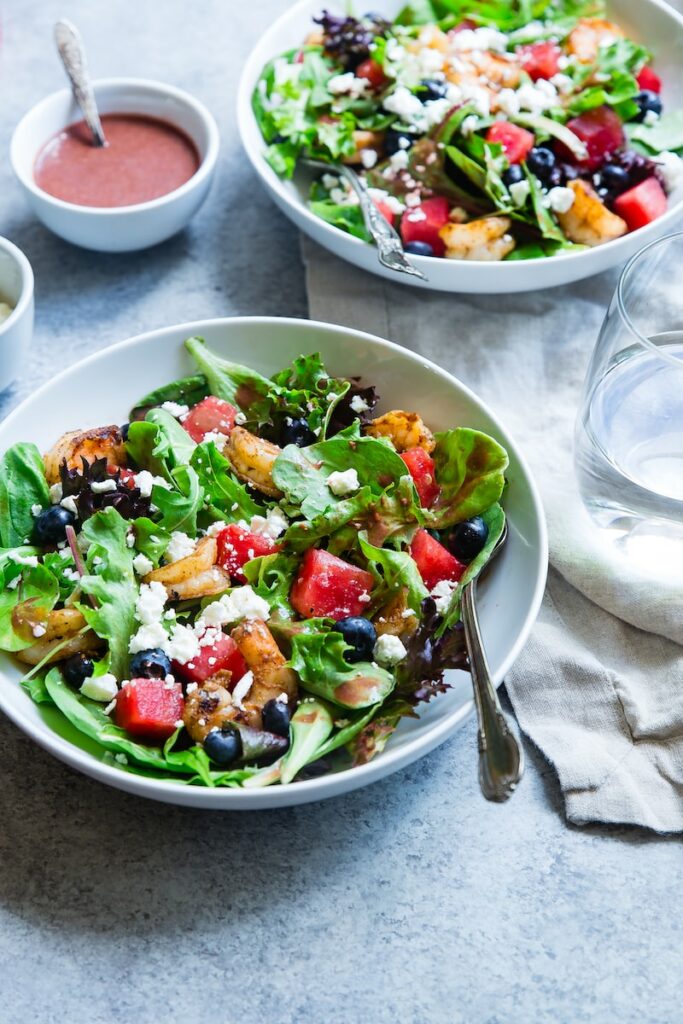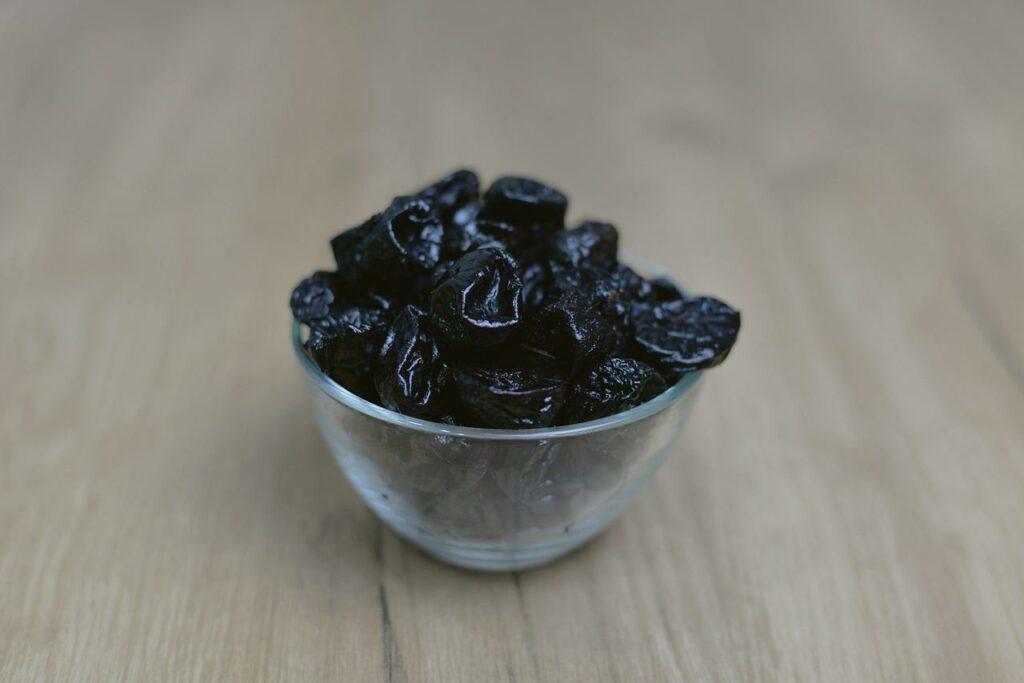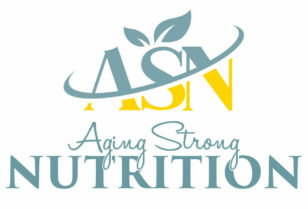Bone is an active tissue, with osteoclast bone cells constantly breaking down and reabsorbing bone while the osteoblast cells are actively rebuilding bone in a process known as remodeling. Osteoporosis occurs as bone resorption activity exceeds the formation of new bone leading to a progressive loss of bone mass and deterioration of bone tissue. The most serious risk associated with osteoporosis is bone fracture, commonly in the wrist, hip and vertebrae. (1)
In the US, fragility fractures associated with osteoporosis are estimated to exceed 2 million incidents annually. Although women account for 75% of these fractures, men who sustain a hip fracture have a higher related mortality rate at 20.7% vs 7.5% for women. (1)
In youth more bone is being created than reabsorbed with peak bone mass occurring around 30 years of age. After this age in general minimal change in total bone mass occurs, until menopause at which time bone loss typically accelerates with women generally losing 1-3% a
year during menopause followed by about a 1% decline thereafter. (1)

Although some degree of bone loss is inevitable with aging, osteoporosis may result from both genetic and environmental factors influencing the attainment of optimal peak bone mass as well as accelerated bone loss. Several modifiable risk factors identified include
sedentary lifestyle, tobacco use, long-term use of glucocorticoid as well as some other medications, excess alcohol consumption and inadequate intake of bone supportive vitamins and minerals in particular vitamins D, B6, folate, B12 and K, calcium, magnesium, zinc,
boron, copper, manganese and silicon. (3,4)
Therapeutic Diet
Mediterranean Diet
A Mediterranean dietary pattern, focused on high consumption of vegetables, fruits, whole grains, legumes, nuts and seeds with moderate intake of low-fat dairy products, fish and poultry and minimal red meat and processed foods has been associated with higher bone mass density and lower risk of fracture in several studies. (5,6)

While calcium and vitamin D are often associated with bone health other vitamins and minerals are necessary for the proper absorption and function of these nutrients as well as support for overall bone health. Some of the benefits of the Mediterranean diet have been attributed to the high nutrient content of fruits and vegetables including potassium, vitamin C and K, magnesium, folate and carotenoids. (5,6)
Potassium, found in dried fruits such as apricots and prunes as well as lentils and squash, is thought to contribute to a balance of acid-base in the body and thus reducing the depletion of calcium from bones.
Additionally, magnesium, found in green leafy vegetables as well as legumes, whole grains, nuts and seeds, is required to convert vitamin D to its active form. Low magnesium is also linked to increased release of calcium from the bone causing increased fragility. Vitamin C as a powerful antioxidant impairs osteoclast activity and contributes to the formation of collage. A number of studies have also reported the positive effect of vitamin K1, found in green leafy vegetables, on bone mineral density. Additionally, K2, found in cheese, egg yolk, organ meat and natto (fermented soybeans) is important for calcium regulation and ensuring its absorption into bone rather than soft tissues. (1,5,6)
Therapeutic Food
While many of us may be aware that green leafy vegetables are full of bone supporting nutrients. Many fruits, such as prunes, also contain significant amounts of nutrients beneficial to bone health.

Prunes
Evidence suggests that prunes may have a positive effect on bone health. Prunes contain a higher amount of vitamin K (22.8 mcg) relative to other common fruits, which may contribute to bone health by helping to improve calcium balance. Additionally, prunes contain significant amounts of boron (1.1 mg) and potassium (280 mg) per serving of 4-5 prunes as well as high amounts of antioxidant anthocyanins, which may have added benefit on bone health. (7)
Several randomized control trials suggest the positive effect of 2 servings (100 g/day) of prunes on bone health reflected by improved bone density mass. A similar study demonstrated women receiving 50 g/day of dried plums also experienced an improvement in bone loss indicating one serving may be as effective. (8,9)
Supplements / Botanicals
Red Clover
Maintaining bone health is largely influenced by estrogens. The decline in estrogen, particularly estradiol, during and after menopause leads to increased bone resorption and impaired regeneration increasing the risk of osteoporosis. Evidence suggests plant extracts of Red Clover which contains high levels of isoflavones may reduce bone loss associated with hormone deficiency at menopause. (10)

Isoflavones are a type of phytoestrogen, which are compounds found in plants with estrogen related activity and the ability to bind to estrogen receptors. Several animal studies have demonstrated the effect of phytoestrogens on increased bone mineral density and improved bone formation as well as inhibition of the rate of bone resorption, Including a study with a treatment dose of 20-40 mg of Red Clover isoflavones. After 14 weeks this study reported significantly improved bone mineral content and tibia strength. Additionally, the number of osteoclasts was significantly lower following treatment indicating reduction of bone resorption. (10)
A randomized control study of 60 menopausal women reported a daily dose of 150 mL Red Clover extract (75 mL in the morning and 75mL in the evening) containing 37.1 mg of isoflavones had a beneficial effect on bone health as indicated by improved spinal bone mineral density, particularly compared to the placebo group which experienced a decline in density. (11)
Dosage: 40 mg red clover isoflavone/ day (11)
Interactions: No adverse effects or contraindications. (11,12)
Vitamin D
Evidence indicates a vitamin D deficiency is common among women with osteoporosis; a study reported 64% of postmenopausal women seeking treatment for osteoporosis had vitamin D levels below 30 ng/mL. Further, research supports an even higher level of 40 ng/mL is optimal for fracture prevention. (1)
Conclusion
Although many older individuals, particularly women, are at higher risk for bone fractures, nutrition and lifestyle factors can have a significant influence on supporting bone health and the prevention of osteoporosis. A varied diet rich in bone supporting nutrients and staying active should be a major factor throughout all stages of life. It’s never too late to focus on these changes.

References:
1. Gagne L, Maizes V. Chapter 36: Osteoporosis. Rakel D. Integrative Medicine. 4 th ed. Elsevier, 2018: 370-381.
2. Sarafrazi N, Wambogo EA, Shepherd JA. Osteoporosis or Low Bone Mass in Older Adults: United States, 2017-2018. NCHS Data Brief. 2021;(405):1-8.
3. Ross, K. Lecture presented: Bone Health and Osteoporosis. Presented as part of Nutrition Intervention Chronic Disease Week 11, MSCN program at SCNM. Viewed December 13, 2021; Online.
4. Salari, N., Ghasemi, H., Mohammadi, L. et al. The global prevalence of osteoporosis in the world: a comprehensive systematic review and meta-analysis. J Orthop Surg Res 16, 609 (2021). https://doi.org/10.1186/s13018-021-02772-0
5. Movassagh EZ, Vatanparast H. Current Evidence on the Association of Dietary Patterns and Bone Health: A Scoping Review. Adv Nutr. 2017;8(1):1-16. Published 2017 Jan 17. doi:10.3945/an.116.013326
6. Muñoz-Garach A, García-Fontana B, Muñoz-Torres M. Nutrients and Dietary Patterns Related to Osteoporosis. Nutrients. 2020;12(7):1986. Published 2020 Jul 3. doi:10.3390/nu12071986
7. Higgs J, Derbyshire E, Styles K. Nutrition and osteoporosis prevention for the orthopaedic surgeon: A wholefoods approach. EFORT Open Rev. 2017;2(6):300-308. Published 2017 Jun 23. doi:10.1302/2058-5241.2.160079
8. Wallace TC. Dried Plums, Prunes and Bone Health: A Comprehensive Review. Nutrients. 2017;9(4):401. Published 2017 Apr 19. doi:10.3390/nu9040401
9. Hooshmand S, Kern M, Metti D, et al. The effect of two doses of dried plum on bone density and bone biomarkers in osteopenic postmenopausal women: a randomized, controlled trial. Osteoporos Int 2016;27:2271–2279.
- Occhiuto F, Pasquale RD, Guglielmo G, et al. Effects of phytoestrogenic isoflavones from red clover (Trifolium pratense L.) on experimental osteoporosis. Phytother Res. 2007;21(2):130-134. doi:10.1002/ptr.2037
- Thorup AC, Lambert MN, Kahr HS, Bjerre M, Jeppesen PB. Intake of Novel Red Clover Supplementation for 12 Weeks Improves Bone Status in Healthy Menopausal Women. Evid Based Complement Alternat Med. 2015;2015:689138. doi:10.1155/2015/689138
- Powles TJ, Howell A, Evans DG, et al. Red clover isoflavones are safe and well tolerated in women with a family history of breast cancer. Menopause Int. 2008;14(1):6-12. doi:10.1258/mi.2007.007033
- Holick MF, Binkley NC, Bischoff-Ferrari HA, et al. Evaluation, treatment, and prevention of vitamin D deficiency: an Endocrine Society clinical practice guideline [published correction appears in J Clin Endocrinol Metab. 2011 Dec;96(12):3908]. J Clin Endocrinol Metab. 2011;96(7):1911-1930.
- Cangussu LM, Nahas-Neto J, Orsatti CL, et al. Effect of isolated vitamin D supplementation on the rate of falls and postural balance in postmenopausal women fallers: a randomized, double-blind, placebo-controlled trial. Menopause. 2016;23(3):267-274.doi:10.1097/ GME.0000000000000525
